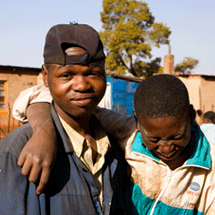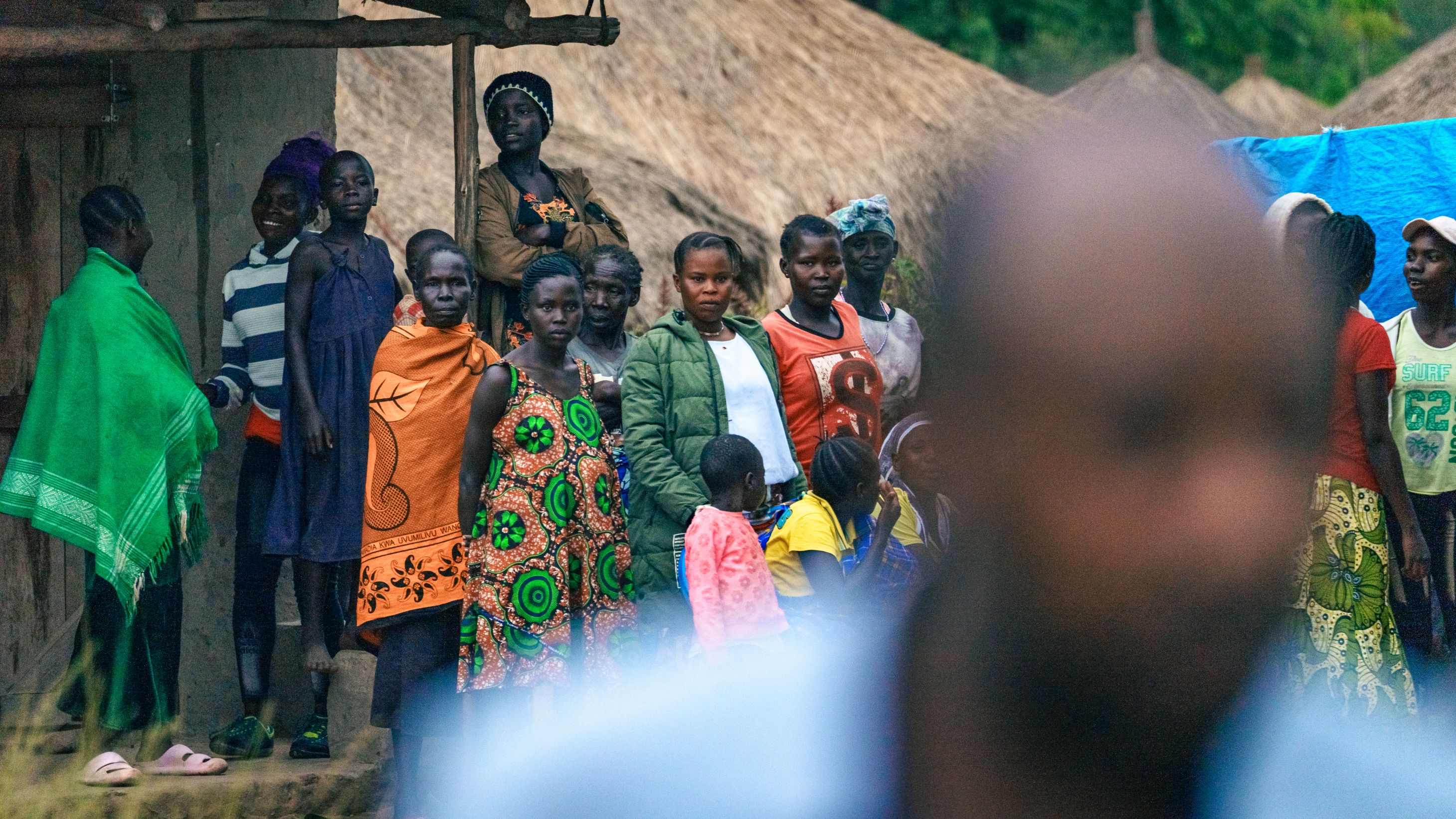[22 December 2011] -- The year 2011 has been one of remarkable and uneven transition in the Middle East and North Africa region. Mass uprisings in Tunisia, Egypt and Libya have brought about changes in a number of governments; protests have been quelled in Bahrain, Syria and Yemen; and cautious reforms were introduced in Saudi Arabia.
These ongoing social movements, dubbed the Arab Spring, highlight the pivotal role that youth and cities can play in the political transformation of a society, not only at the city level, but for entire states and even across the region.
Despite a growing awareness of urban youth, relatively little action has been taken in this area compared to other development issues. It is a growing imperative to do so; nearly half of the world's population is under the age of 25.

The recent Arab Spring has once again highlighted the critical role youth can play in transforming a society. The challenge is for cities to harness this potential for development. Photo: Dana Smillie/The World Bank
Most of the world’s youth – some 85 per cent – live in developing countries, which are struggling to provide jobs and services for their growing young populations. In particular, urban youths face numerous challenges, including unemployment, social exclusion, safety concerns, access to education, exposure to diseases and exploitation.
Youth as participating partners in development
Despite these changing demographics, in much of the world – and especially in developing world cities – children and youth who are the majority of the population are often invisible, with little say or ability to participate in decision-making processes.
This is especially true for the poor and marginalised urban youth. In Sub-Saharan Africa – which has the highest youth population growth rate of any region – most youth do not participate in civil society, and the relatively few who do tend to be reasonably well educated, elite male youth, according to a 2007 study “Creating Programs for Africa’s Urban Youth: The Challenge of Marginalization” by Prof. Marc Sommers.

Sub-Saharan Africa has the fastest growing youth population in the world. Photo: John Hogg/The World Bank
Since the views and needs of elite and marginalised groups can be dramatically different, this calls into question whether elite youth leaders are able to effectively and accurately represent and advocate for the needs of the marginalised youth majority.
It can be particularly difficult to involve adolescent girls and young women, who face additional barriers to participation. Often, they are not considered youth if they are married or have children and might therefore be excluded from initiatives. Many also have significant obligations on their time such as work, household duties, and child care that limit their ability to participate in programmes.
These challenges nonetheless, the chances of having a lasting, positive impact on the lives of marginalised urban youth are greatly enhanced when youth are given opportunities to participate in, identify with, and contribute to a programme designed for them. Rather than viewing young people as beneficiaries, decision makers should view them as key partners and agents of change.
The Catalytic Fund: Encouraging youth participation and raising awareness
To address the critical set of interrelated issues that involve youth and to encourage greater youth participation in programming, the Cities Alliance is dedicating the next Call for Proposals for its Catalytic Fund to the theme “Youth and the City: Challenges of and Visions for Demographic Change”. The choice of theme builds on efforts the Cities Alliance has made in recent years to integrate gender and youth in its work programme under Norway’s sponsorship.
The thematic call has three main objectives in line with the ‘catalytic’ nature of the Fund:
-- To raise awareness of the role of youth in urban development at a time when cities, grappling with a historic urbanisation process, appear ill-prepared to provide improved governance, meaningful representation, or economic and social roles for their youthful populations.
-- To select and support, both technically and financially, innovative youth-led or youth-focused urban projects and to revisit traditional Cities Alliance areas such as city development strategy, slum upgrading and national policies on urban development with an emphasis on youth.
-- To provide a flexible platform for successful projects to develop peer-to-peer learning networks and to systematically extract and share knowledge that both informs and influences urban practices as well as policy dialogues at the local, national and global level.
Examples of possible projects for submission to the Cities Alliance Catalytic Fund include:
-- The integration of youth and development components into participatory urban planning methodologies and slum upgrading;
-- Projects streamlining the role of youth to address pressing urban challenges in fields such as local economic development, climate change adaptation, and basic services; and
-- Projects with an urban focus but implemented primarily by youth organisations and/or with a strong youth component.
The next Call for Proposals for the Catalytic Fund is expected to be issued in January 2012. Applicants will have a specified amount of time to submit Concept Notes outlining the proposed project. An Expert Evaluation Panel will assist the Cities Alliance Secretariat in assessing the eligible applications and making recommendations for funding. For more information, please visit www.citiesalliance.org




